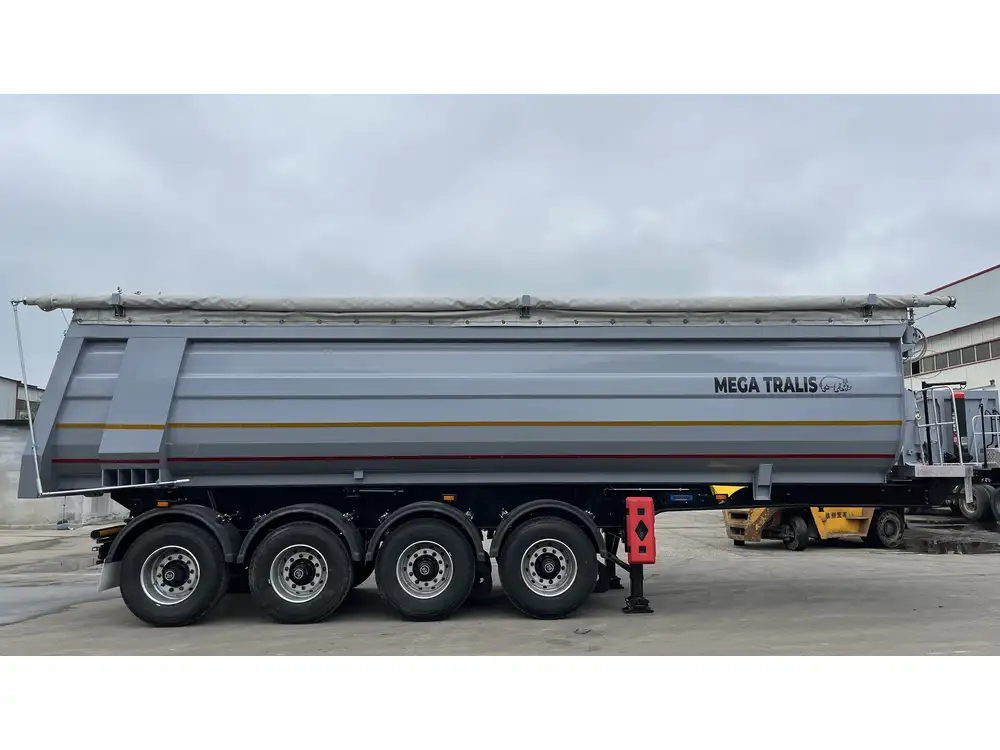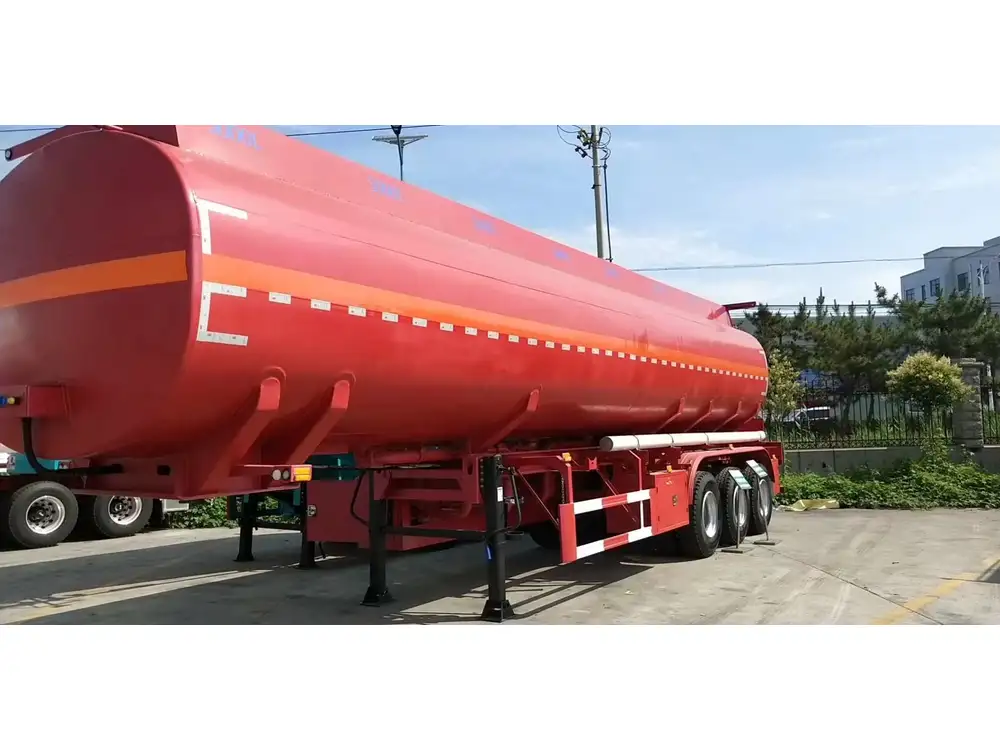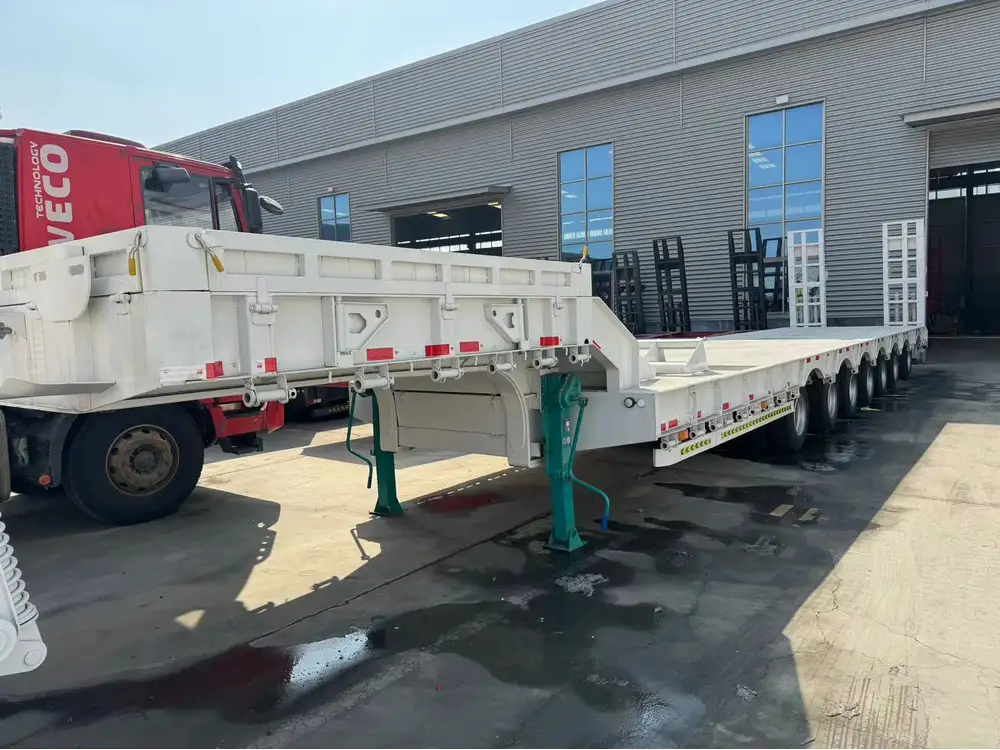Creating a flatbed bike trailer can be a rewarding project for cycling enthusiasts, allowing for increased cargo capacity and functionality without the need for a car. In this detailed guide, we will outline the essential steps, materials, and considerations you need to keep in mind while building your own flatbed bike trailer.
Understanding the Purpose of Your Flatbed Bike Trailer
Before diving into construction, it’s crucial to clarify the intended use of your flatbed bike trailer. Some common purposes include:
- Transporting groceries: Ideal for local markets or shopping trips.
- Camping gear transportation: Perfect for carrying tents and other camping essentials.
- Moving furniture or bulky items: Handy for spontaneous moves or thrift store finds.
- Hauling recreational gear: Carry canoes, bikes, or other equipment for outdoor adventures.
By defining the primary purpose, you can tailor dimensions and features to fit your needs.
Materials Needed for Building a Flatbed Bike Trailer
Choosing the right materials is crucial for durability, weight management, and overall utility. Below is a list of recommended materials:
| Material | Purpose |
|---|---|
| Aluminum or steel frame | Structural base for the trailer |
| Plywood (¾ inch) | Flatbed surface |
| Wheel assembly | Light, durable wheels for easy maneuvering |
| Bearings | To ease wheel rotation |
| Couplers and hitch | Connecting the trailer to the bike |
| Bolts and rivets | For securing components |
| Rust-proof paint | To protect against weather |

Tools You Will Need
Having the right tools on hand will simplify the building process. Essential tools include:
- Drill
- Wrench set
- Hacksaw (if using steel)
- Measuring tape
- Screwdriver
- Level
- Safety equipment (gloves, goggles)
Step-by-Step Guide to Building a Flatbed Bike Trailer
Step 1: Designing Your Trailer
Start by sketching a design that considers your needs. Here are some components to consider:
- Dimensions: A common dimension for a flatbed bike trailer is 4 feet long and 2 feet wide, which provides ample space for most loads.
- Weight: Choose lightweight materials to ensure that it is manageable when loaded.
- Aerodynamics: Try to keep the design streamlined to minimize drag.

Step 2: Cutting the Frame
- Measure and Mark: Using your design, mark the aluminum or steel tubing according to your specified dimensions.
- Cut the Tubing: Use a hacksaw for steel or a pipe cutter for aluminum to achieve clean cuts.
For a basic frame, you will need:
- 2 long side tubes (4 feet)
- 2 shorter end tubes (2 feet)
- 2 vertical supports for the hitch
Step 3: Assembling the Frame
- Lay Out the Pieces: Position the cut tubes in a rectangular shape.
- Secure the Corners: Use connector brackets to join the tubes at the corners. Drill holes and use bolts to secure them tightly.
- Check for Level: Before fully tightening, use a level to ensure all sides are even.
Step 4: Attaching the Flatbed Surface
- Cut the Plywood: Based on the frame size, cut a piece of plywood to fit snugly on top of the frame.
- Secure the Plywood: Drill through the plywood into the frame using screws, ensuring it is secured at multiple points for stability.

Step 5: Installing the Wheel Assembly
- Position the Wheels: Attach wheel assemblies at the rear of the trailer. Consider using a bicycle wheel assembly that can handle the load.
- Attach Bearings: Make sure to install bearings properly to allow smooth movement.
- Check Wheel Alignment: Ensure that the wheels are parallel to each other and adjust as necessary.
Step 6: Attaching the Hitch
- Select a Hitch Type: For durability, choose a hitch that can be easily attached to your bike’s seat post or rear frame.
- Position the Hitch: Attach it firmly to the front end of your trailer frame. Ensure it aligns with the bike’s frame for smooth towing.
- Test for Smooth Movement: Before final attachment, check for any obstructions and adjust accordingly.
Step 7: Final Touches
- Paint and Protect: Apply a coat of rust-proof paint to protect against weather and wear. Choose bright colors for visibility and safety.
- Reflectors: Consider adding reflectors for nighttime visibility.
- Test Your Trailer: Before hitting the road, conduct a test with a light load to ensure stability and maneuverability.

Safety Considerations
When building and using your flatbed bike trailer, safety is paramount. Here are key points to consider:
- Load Distribution: Ensure weight is evenly distributed to prevent tipping.
- Attachment Stability: Regularly check the hitch connection to ensure it remains secure.
- Braking: Carry extra weight can inhibit braking – practice stopping with your loaded bike to adapt.
- Visibility: Use bright colors and reflectors, especially for night rides.
Maintenance Tips for Your Flatbed Bike Trailer
Once your flatbed bike trailer is built, maintaining it will ensure durability and function over time. Here are some tips:
- Regular Inspections: Regularly check your trailer for any signs of wear, rust, or bolt looseness.
- Cleanliness: Keep the trailer clean from dirt and debris to prevent corrosion.
- Wheel Care: Lubricate the bearings periodically to ensure a smooth roll.
- Check Hitch Fit: Ensure the hitch remains adjusted and secure, especially after heavy use.
Conclusion: Enjoy Your New Flatbed Bike Trailer
Building a flatbed bike trailer not only expands your biking capabilities but also offers a unique and fulfilling project. By following the detailed steps and guidelines provided, you’ll have a durable trailer tailored to your needs.
With a little creativity and effort, your bike trailer can become an indispensable tool for transport and recreation, enhancing your outdoor experiences while promoting a more sustainable lifestyle.
Now that you’re equipped with the knowledge on how to build a flatbed bike trailer, it’s time to roll up your sleeves and get started! Happy cycling!



